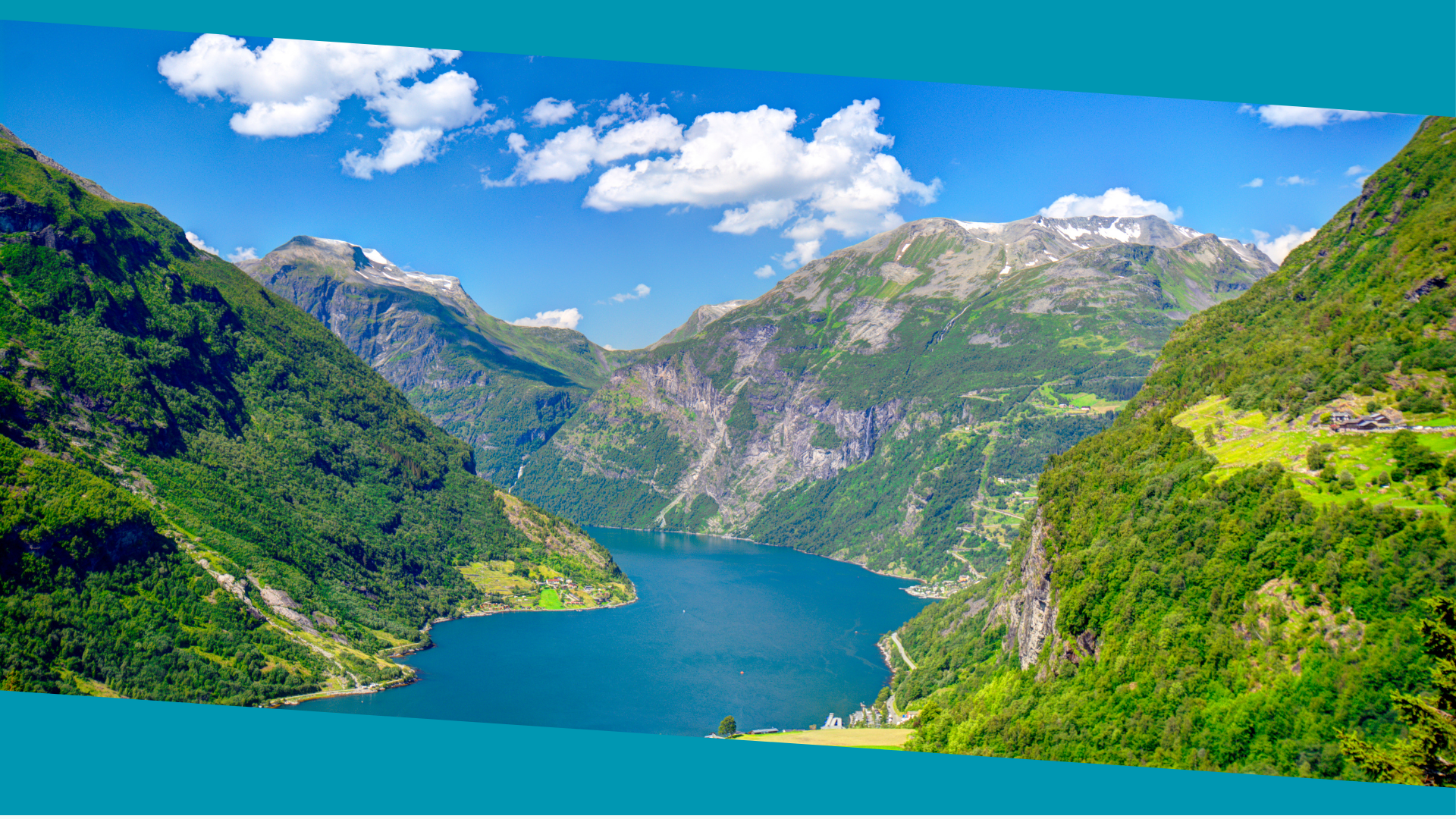

Norwegian Social Media Terms: 20 Phrases for the Digital Age
In today’s digital age, social media has become an integral part of our lives. Whether it’s connecting with friends and family, sharing updates and photos, or staying informed about the latest news and trends, social media platforms have revolutionized the way we communicate and interact with others. However, when it comes to using social media in a foreign country, it’s important to understand the local language and cultural nuances. In Norway, this is no different. Norwegian social media terms play a crucial role in effectively communicating and engaging with the online community.
Understanding social media terms in Norway is essential for anyone looking to connect with Norwegians on platforms such as Facebook, Instagram, Twitter, and Snapchat. By familiarizing yourself with these terms, you can navigate the digital landscape more confidently and engage in meaningful conversations with locals. Whether you’re a tourist looking to connect with locals or a business trying to reach a Norwegian audience, having a grasp of Norwegian social media terms will undoubtedly enhance your online experience.
Table of Contents
ToggleKey Takeaways
- Norwegian social media terms are important to understand for effective communication in Norway.
- The digital age has greatly impacted social media usage in Norway.
- 20 essential phrases for social media communication in Norwegian are provided.
- Social media is highly valued in Norway for personal and business purposes.
- Effective use of Norwegian social media terms requires knowledge of common terminology, slang, and etiquette.
Understanding the Digital Age in Norway
Norway is known for its high level of digitalization and technological advancements. With a population of over 5 million people, Norway boasts one of the highest internet penetration rates in the world. According to recent statistics, approximately 96% of Norwegians have access to the internet, with the majority of them using social media platforms on a regular basis.
Facebook is the most popular social media platform in Norway, with over 3 million active users. Instagram and Snapchat also have a significant presence in the country, with millions of Norwegians using these platforms to share photos and videos. Twitter is less popular in Norway compared to other platforms but still has a dedicated user base.
20 Essential Phrases for Social Media Communication
To effectively communicate on social media in Norway, it’s important to familiarize yourself with some commonly used phrases. Here are 20 essential phrases for social media communication in Norwegian:
1. Hei! – Hello!
2. Takk – Thank you
3. Liker – Like
4. Del – Share
5. Kommentar – Comment
6. Følger – Follow
7. Hashtag – Hashtag
8. Bilde – Picture
9. Video – Video
10. Nyheter – News
11. Melding – Message
12. Venn – Friend
13. Gruppe – Group
14. Arrangement – Event
15. Lenke – Link
16. Oppdatering – Update
17. Favoritt – Favorite
18. Svar – Reply
19. Deling – Sharing
20. Følgere – Followers
Each of these phrases plays a crucial role in social media communication in Norway, allowing users to engage with content, express their opinions, and connect with others.
The Importance of Social Media in Norway
Social media has become an integral part of Norwegian society, playing a significant role in how people communicate, share information, and stay connected with each other. It has transformed the way businesses market their products and services, politicians engage with voters, and individuals express themselves.
One of the reasons why social media is so important in Norway is its ability to bridge the gap between people and organizations. It allows individuals to connect with friends, family, and colleagues, regardless of their physical location. This is particularly important in a country like Norway, where the population is spread out across vast distances and many people live in remote areas.
Furthermore, social media has become a powerful tool for businesses to reach their target audience and promote their products and services. With millions of Norwegians actively using social media platforms, businesses can leverage these platforms to increase brand awareness, engage with customers, and drive sales.
How to Use Norwegian Social Media Terms Effectively
To effectively use Norwegian social media terms, it’s important to keep a few tips in mind. Firstly, it’s crucial to understand the context in which these terms are used. Different platforms have different norms and expectations, so it’s important to adapt your communication style accordingly.
Secondly, it’s important to be authentic and genuine in your interactions. Norwegians value honesty and transparency, so it’s important to be yourself and avoid trying to portray a false image. This will help you build trust and credibility with your audience.
Lastly, it’s important to engage with others and participate in conversations. Social media is all about building connections and fostering relationships, so make sure to actively comment, like, and share content that resonates with you. This will help you build a strong online presence and establish yourself as an active member of the Norwegian social media community.
Common Social Media Terminology in Norway
To navigate the Norwegian social media landscape effectively, it’s important to familiarize yourself with some commonly used social media terms. Here are a few examples:
1. Profil – Profile
2. Nyhetsfeed – Newsfeed
3. Følg – Follow
4. Liker – Like
5. Del – Share
6. Kommentar – Comment
7. Direktemelding – Direct message
8. Hashtag – Hashtag
9. Følgere – Followers
10. Venneliste – Friends list
Understanding these terms will help you navigate social media platforms more confidently and engage with others effectively.
Norwegian Social Media Slang and Abbreviations
In addition to standard social media terms, there are also slang words and abbreviations commonly used in Norwegian social media. Here are a few examples:
1. LOL – Laughing out loud
2. OMG – Oh my God
3. BTW – By the way
4. FYI – For your information
5. TBT – Throwback Thursday
6. IRL – In real life
7. DM – Direct message
8. BRB – Be right back
9. ROFL – Rolling on the floor laughing
10. TBH – To be honest
These slang words and abbreviations are often used to express emotions, convey information quickly, or add a touch of humor to conversations.
The Evolution of Norwegian Social Media Language
Like any other language, Norwegian social media language has evolved over time. With the rise of social media platforms and the increasing popularity of online communication, new words and phrases have emerged to reflect the changing digital landscape.
For example, the term “selfie” has become widely used in Norwegian social media language to describe a self-portrait photograph taken with a smartphone. Similarly, the term “viral” is often used to describe content that spreads rapidly and becomes popular on social media.
Moreover, emojis have also become an integral part of Norwegian social media language. These small icons and symbols are used to convey emotions, add context to messages, and enhance communication.
Social Media Etiquette in Norway
When it comes to social media etiquette in Norway, there are a few key principles to keep in mind. Firstly, it’s important to be respectful and considerate in your interactions. Avoid engaging in online arguments or posting offensive content that may offend others.
Secondly, it’s important to respect people’s privacy and ask for permission before sharing someone else’s content or tagging them in posts. Norwegians value their privacy and personal space, so it’s important to be mindful of this when using social media.
Lastly, it’s important to be mindful of the content you share and the impact it may have on others. Avoid sharing false information or spreading rumors, as this can have serious consequences and damage your credibility.
Mastering Norwegian Social Media Terms
In conclusion, understanding Norwegian social media terms is essential for anyone looking to effectively communicate and engage with the online community in Norway. By familiarizing yourself with commonly used phrases, slang words, and abbreviations, you can navigate the digital landscape more confidently and build meaningful connections with locals.
Social media plays a significant role in Norwegian society, allowing individuals to connect with others, share information, and promote their products and services. By mastering Norwegian social media terms and following social media etiquette, you can make the most of your online experience in Norway and build a strong online presence.
So, whether you’re a tourist looking to connect with locals or a business trying to reach a Norwegian audience, take the time to learn and understand Norwegian social media terms. It will undoubtedly enhance your online experience and help you build meaningful connections in the digital age.

Norwegian A1-A2
Course Overview The Norwegian A1-A2 course is an online program focused on teaching essential Norwegian grammar and vocabulary. It includes a variety of materials and topics, with opportunities to interact with a Norwegian teacher entirely online. Curriculum Highlights The course covers key areas such as grammar and vocabulary and topics such as family, daily life, education, work, traditions, and leisure activities. Who Should Enroll? This course is perfect for beginners or those at the A1 or A2 levels who want to improve their Norwegian skills. What You Get Access to the full Norwegian A1-A2 course. A monthly 1-hour online conversation with a teacher. Many written and oral assignments. Comprehensive information on Norwegian grammar, Norwegian vocabulary and how to use them, important sentence structures, etc. Tips on additional resources to further enhance your Norwegian learning.
0 students enrolled
Last updated Dec 10th, 2024
If you want to learn Norwegian, you can register for classes here. We look forward to hearing from you and helping you become fluent in Norwegian.






